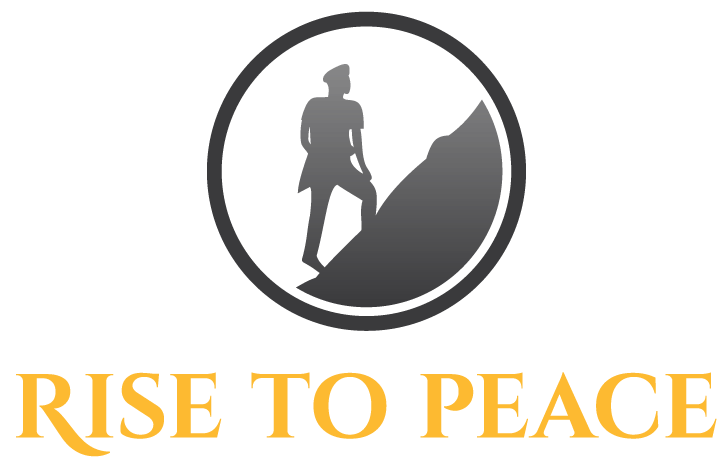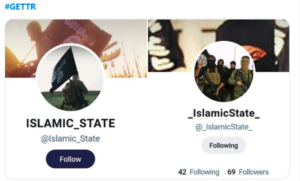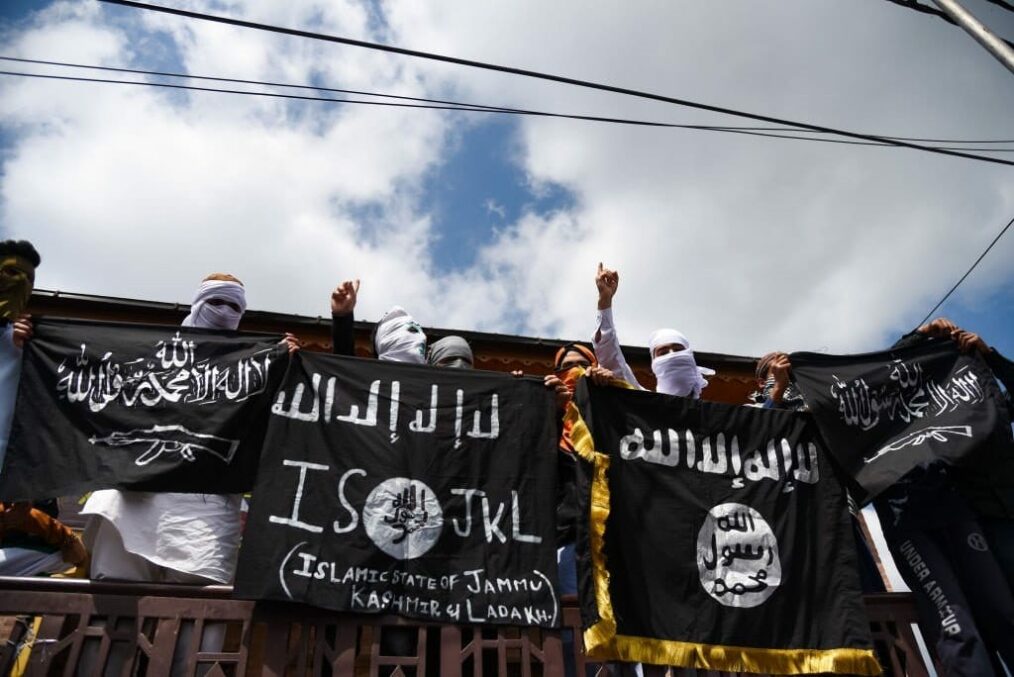Introduction
In the aftermath of traumatic events, services which pledge support to victims of terror are imperative. These support systems offer hope of stability following crises. This may be in response to individuals who have lost family members, their source of income, been physically injured, or developed a mental illness as a result of the traumatic events.
In the US, it is necessary to understand what resources for victims are available, particularly given the very specific differences between federal and state jurisdictions. This added component of state governance in the US presents a complication when considering and understanding victim support services. How does an American citizen access services after being a victim of terrorism in their home state? What if it occurs out of state? What if it occurs while they are traveling internationally?
Types of Services Offered
Organizations have started to collect resources in easy-to-access formats. In the US, specific government agencies work together to support victims that require different types of care, whether the violence they experienced was international terrorism, domestic terrorism, or defined as a crime. For international information, the UN has collected these resources for victims through the Victims of Terrorism Support Portal. All UN countries are listed with the resources attached. This provides more clarity for individuals seeking aid.
Financial Compensation
The main type of support offered to victims is financial. Financial compensation is complicated because it is controlled on a state level, meaning that not all American citizens will obtain the same degree of support. However, it is typically standard that the compensation is used to help cover necessary costs following the violence. This may offer support to a household in the event of the loss of the main income source. The National Association of Crime Victims Compensation Boards (NACVCB) helps support state programs that provide funding to victims of crime. Organizations like NACVCB help make the process of receiving compensation easier by collecting the resources and information needed at a state-by-state level. In terms of compensation, “Crime victim compensation was the first type of organized victim assistance in the United States”.
However, crime is not always synonymous with terrorism. Rather, the title “crime” includes different scales of terrorism. This means that school shootings, which are a type of domestic terrorism, are included, rather than only large acts of clear out-of-state violence such as the devastation in the aftermath of 9/11.
The scale of a crisis has an immediate impact on the types of support options that become available. For example, there are nonprofits that specifically focus on the aftermath of certain acts of terror, such as 9/11. It continues to be important, however, that government agencies provide an overarching source of support towards victims to differing degrees of violence. This is because individuals may be impacted negatively even though an event was not categorized as a national crisis.
Mental Health Services
Post-traumatic health issues become heightened after witnessing violence, meaning that victims’ needs are multidimensional within the process of receiving compensation. The impact that witnessing and surviving acts of terror has on one’s mental health has proven to be detrimental. According to The National Center for PTSD, it is estimated “that 28 percent of people who have witnessed a mass shooting develop post-traumatic stress disorder (PTSD) and about a third develop acute stress disorder.” The mental health issues that follow these traumatic events can expand outside of PTSD and acute stress disorder, depending on the individual. So, providing individuals with the resources to receive help can be life-changing, following events of terror. Thus, proving mental health support services is imperative.
Conclusion
Moving forward, the US needs to continue to develop these programs and their resources in the most expansive and inclusive manner. On the state level, it is important that citizens are protected. Universal aid is necessary, even whilst traveling out of the state. Whilst there are resources, there is always room to improve and help educate the American people on where these systems of support are available. Work that is conducted by the NACVCB can act as an example for making resources readily available across the board.











